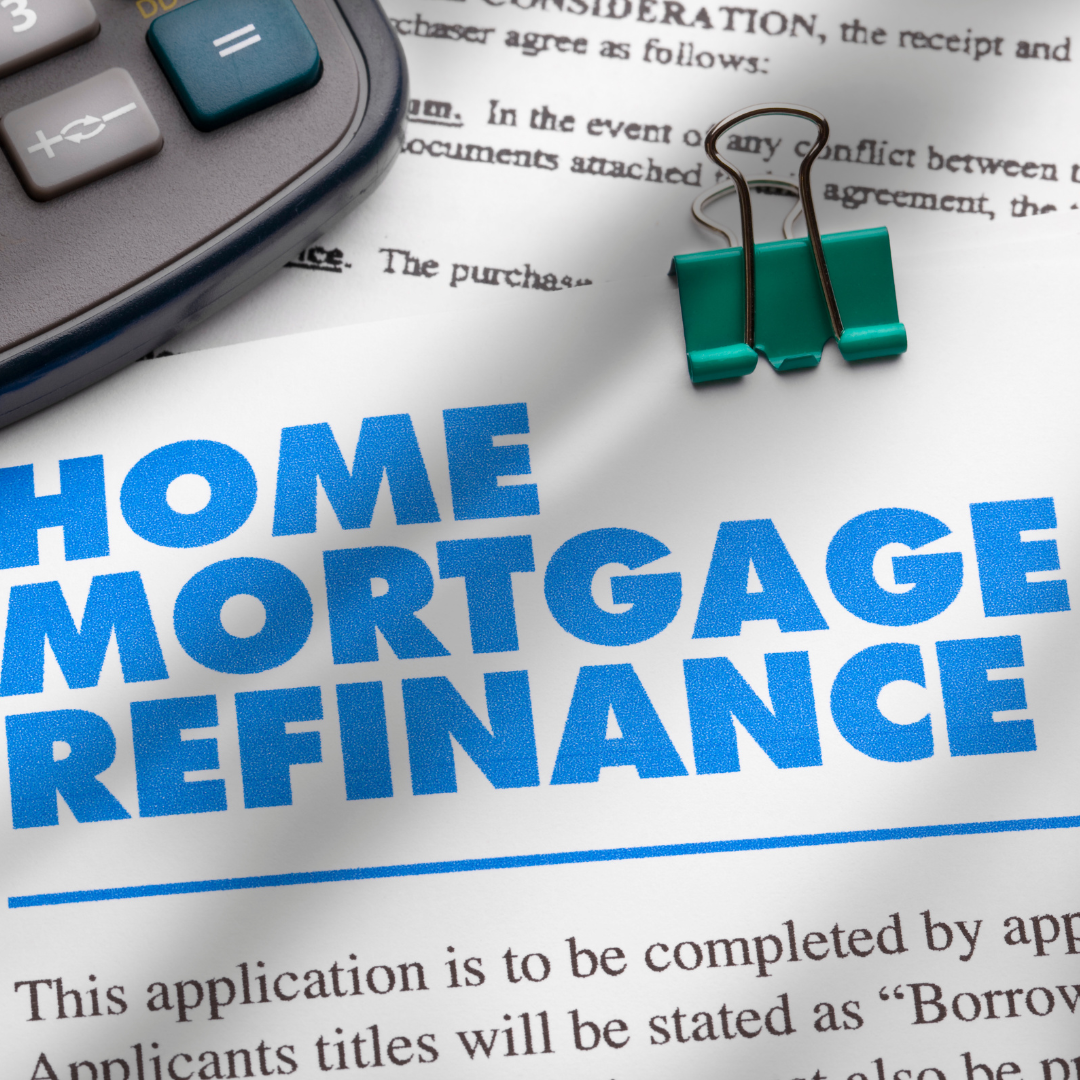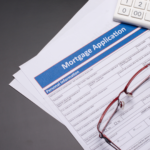Understanding Mortgages: The Basics of Mortgages
A mortgage is a loan used to buy a property. The lender provides the money, and in return, the borrower agrees to repay the debt over a set period of time, usually 15 or 30 years.
Mortgages are a big commitment, so it’s important to understand how they work before you decide to sign on the dotted line. This blog will give you the basics of mortgages, from how to get one to what you need to know before you apply.
Introduction to mortgages
A mortgage is a loan that is used to purchase a home. The home serves as collateral for the loan, which means that if you default on the loan, the lender can take possession of the home. Mortgages are typically repaid over a period of 15 to 30 years, with the payments made on a monthly basis.
The interest rate on a mortgage is determined by a number of factors, including the type of loan, the term of the loan, and the creditworthiness of the borrower. Mortgage interest rates can be fixed or adjustable. Adjustable-rate mortgages (ARMs) typically have lower interest rates than fixed-rate mortgages, but they can increase over time if market conditions change.
When you are considering taking out a mortgage, it is important to compare offers from multiple lenders to ensure that you are getting the best deal possible. It is also important to understand all of the fees and charges associated with taking out a mortgage, as these can add up over time.
How do mortgages work?
A mortgage is a loan obtained from a bank or other financial institution to purchase a property. The property serves as collateral for the loan, which is why it is also called a “secured loan.” The term “mortgage” can also refer to the document that outlines the terms and conditions of the loan.
The vast majority of mortgages are “amortizing” loans, meaning that each monthly payment made by the borrower goes towards both the principal (the amount being borrowed) and the interest (the cost of borrowing the money). Over the life of the loan, the principal will slowly be paid down as more of each payment goes towards it, while the interest portion shrinks.
Mortgages are typically repaid over a period of 15 or 30 years, although other terms are available. The length of the loan term will affect both the size of your monthly payments and the total amount you will pay over the life of the loan. In general, a longer loan term will result in lower monthly payments but a higher total interest cost, while a shorter loan term will do the reverse.
There are many different types of mortgages available, and choosing the right one for you will depend on your individual circumstances. Some common types of mortgages include fixed-rate mortgages, adjustable-rate mortgages (ARMs), jumbo loans, and government-backed loans such as FHA, VA, and USDA loans.
When you take out a mortgage, you will be required to pay certain closing costs in addition to your down payment. These can include items such as origination fees, appraisal fees, title insurance, and more. It’s important to understand all of the costs associated with taking out a mortgage so that you can budget accordingly.
Types of mortgages
Mortgages come in many different shapes and sizes to suit the needs of different homeowners. Here are some of the most common types of mortgages:
Fixed-rate mortgage: With this type of mortgage, the interest rate stays the same for the life of the loan, so your monthly payments remain stable.
Adjustable-rate mortgage (ARM): This type of mortgage has an interest rate that changes over time, which means your monthly payments can go up or down. ARMs typically start with a lower interest rate than fixed-rate mortgages, but that rate can increase during the life of the loan.
Jumbo mortgage: This type of mortgage is for high-priced homes that exceed government-sponsored loan limits. Jumbo mortgages typically have higher interest rates than other types of mortgages.
Government-insured mortgage: This type of mortgage is backed by the federal government, which can help you qualify for a lower down payment and a lower interest rate. There are several different government programs available, including FHA loans, VA loans, and USDA loans.
Applying for a mortgage
Whether you’re a first-time homebuyer or a seasoned homeowner, the process of applying for a mortgage can be a little overwhelming. With so many different types of mortgages available and lender requirements varying from one to the next, it’s important to have a basic understanding of what’s involved before you start shopping around.
To give you a better idea of what to expect, we’ve put together this guide on the basics of applying for a mortgage. We’ll cover everything from the different types of mortgages available to common qualifying criteria and documentation that lenders will require.
When you’re ready to start shopping for a home, the first step is to get pre-qualified for a mortgage. This will give you an idea of how much money you can borrow and what type of interest rate you can expect. Once you find a home within your budget, it’s time to start the formal application process.
The first thing most lenders will ask for is proof of income and employment. You’ll need to provide recent pay stubs as well as your most recent tax return. Lenders will also want to see proof that you have the necessary down payment for the home you’re interested in buying.
In addition to income and employment verification, lenders will also pull your credit report. This is why it’s important to keep up with your credit score and make sure there are no errors on your report before you apply for a mortgage.
Once you have all of your documentation in order, it’s time to compare rates and terms from different lenders. Be sure to ask about fees, points, and closing costs so that you can compare apples to apples. Once you have chosen a lender, they will work with you to finalise the details of your loan and complete the closing process.
Mortgage terms and conditions
A mortgage is a loan that you take out to buy a property or a home. The property or home serves as collateral for the loan—that is, if you default on your loan, the lender can take possession of the property or home. A mortgage loan usually has a term of 15 or 30 years.
Mortgage loans also typically come with interest rates that are either fixed—that is, they stay the same for the duration of your loan term—or variable, which means they can fluctuate over time. In addition to your mortgage interest rate, you’ll also have to pay closing costs when you get a mortgage.
Before you can get a mortgage, you’ll need to meet certain requirements, including having a down payment saved up (the larger the down payment, the better), a good credit score, and steady employment history.
Mortgage repayment options
Mortgages typically require repayments every month, however, some lenders offer different repayment options to suit different needs. Before deciding on a repayment option, it’s important to consider how much you can afford to pay each month, as well as the total amount you will repay over the life of the mortgage.
The three most common repayment options are:
-Principal and Interest: With this option, you repay both the principal (the amount you borrowed) and the interest charged on the loan each month. Your monthly payments will be higher with this option, but you will pay off your mortgage sooner.
-Interest Only: With this option, you only repay the interest charged on the loan each month. This means your monthly payments will be lower, but you will not reduce the principal amount you borrowed.
-Minimum Payment: The minimum payment option is usually only available on variable rate mortgages. With this option, your monthly payments will be lower than with other repayment options, but both the principal and interest portion of your payment may increase if interest rates rise.
Mortgage default and foreclosure
Defaulting on your mortgage means that you have failed to make a mortgage payment. If you default on your mortgage, your lender can begin the foreclosure process.
Foreclosure is the legal process through which your lender takes back your home after you have defaulted on your mortgage. If you are facing foreclosure, it is important to understand the process and what rights you have.
There are two types of foreclosure: judicial and non-judicial. Judicial foreclosure is the type of foreclosure that is handled by the court system. In order to foreclose on your home through the court system, your lender must first file a lawsuit against you. Once the lawsuit has been filed, you will be served with papers notifying you of the lawsuit. You will then have the opportunity to defend yourself in court. If the court rules in favour of your lender, they will issue a judgement of foreclosure and set a date for the sale of your home.
Non-judicial foreclosure does not involve the courts. In order to foreclose on your home through a non-judicial foreclosure, your lender does not have to file a lawsuit against you. Instead, they can send you a notice of default that gives you a certain period of time to catch up on your payments. If you do not catch up on your payments within that period of time, they can then proceed with the sale of your home without going through the court system.
If you are facing foreclosure, it is important to seek out legal assistance as soon as possible in order to understand your rights and options.
Mortgage advice and tips
If you’re a first-time homebuyer, the process of securing a mortgage can be daunting. Here are some mortgage basics to help make the process a little less intimidating:
A mortgage is a loan that is used to purchase a home. The loan is secured by the home itself, which means that if you default on the loan, the lender can foreclose on the home and sell it in order to recoup their losses.
When you apply for a mortgage, the lender will consider several factors in order to determine whether or not you are a good candidate for a loan. These factors include your credit history, your employment history, and your income. The lender will also look at the value of the home you are looking to purchase and compare it to the amount of money you are asking for in order to determine how much risk they are taking on by lending you money.
Mortgages typically have terms of 15 or 30 years, which means that is how long you have to pay back the loan. The interest rate on your mortgage will determine how much you ultimately pay back in addition to the original loan amount. Mortgages with shorter terms will have higher monthly payments but you will pay less interest overall. Mortgages with longer terms will have lower monthly payments but you will pay more interest overall.
There are many different types of mortgages available and choosing the right one depends on your specific financial situation. Some common types of mortgages include fixed-rate mortgages, adjustable-rate mortgages, FHA loans, and VA loans. You should speak with a lender in order to learn more about which type of mortgage would be right for you.
You can also use our mortgage calculator tool to estimate your monthly payment based on different loan amounts, interest rates, and terms.
| MortgagesToGo.ca | |
| Website | Mortgagestogo.ca |
| Services | New purchase, refinancing and equity takeouts, mortgage transfer, mortgage renewal Rates |
| Rates | https://mortgagestogo.ca/mortgage-rates/ |
| Address | 12 Royal Vista Way NW #1110, Calgary, AB T3R 0N2 |
| Contact Details | (888) 888-5998 |
| Operating Hours | Monday – Friday 9 AM – 5 PM |









